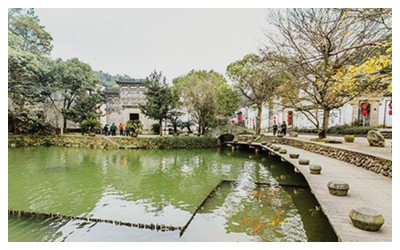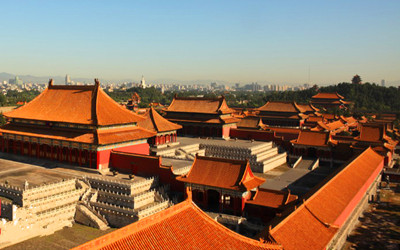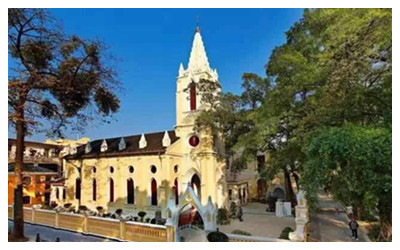Skype: neodalle-travel
Tel: +86 135 7447 2266
E-mail: sales@visitaroundchina.com

 Chinese architecture has a time-honored history and great achievement. The development of Chinese architecture has a long history. Chinese architecture is mainly divided into Chinese ancient architecture and Chinese modern architecture. Chinese ancient architecture is one of the important parts of China's splendid ancient culture. The development of modern Chinese architecture is from the end of the Qing Dynasty to the present. The Western-style architecture has gradually become the mainstream form of architecture in China, while traditional Chinese-style architecture has gradually declined in appearance.
Chinese architecture has a time-honored history and great achievement. The development of Chinese architecture has a long history. Chinese architecture is mainly divided into Chinese ancient architecture and Chinese modern architecture. Chinese ancient architecture is one of the important parts of China's splendid ancient culture. The development of modern Chinese architecture is from the end of the Qing Dynasty to the present. The Western-style architecture has gradually become the mainstream form of architecture in China, while traditional Chinese-style architecture has gradually declined in appearance. In the Paleolithic Age, men lived on fishery and hunting, and were sheltered in trees and caves. In the Neolithic Age, men engaged in raising animals and farming, and settled down by digging caves and by building simple houses with twigs and lumber, thus commencing their architectural activities.
In the Paleolithic Age, men lived on fishery and hunting, and were sheltered in trees and caves. In the Neolithic Age, men engaged in raising animals and farming, and settled down by digging caves and by building simple houses with twigs and lumber, thus commencing their architectural activities. Chinese Modern Architecture refers to those built after the first Opium War in 1840. Chinese architecture remains the traditional styles under the close policy of Qing Dynasty government until the Opium War in the middle of 19th century that western concepts and styles of are introduced into China which brings new blood and ideas to Chinese architecture.
Chinese Modern Architecture refers to those built after the first Opium War in 1840. Chinese architecture remains the traditional styles under the close policy of Qing Dynasty government until the Opium War in the middle of 19th century that western concepts and styles of are introduced into China which brings new blood and ideas to Chinese architecture.
 Ask Questions ?
Ask Questions ?